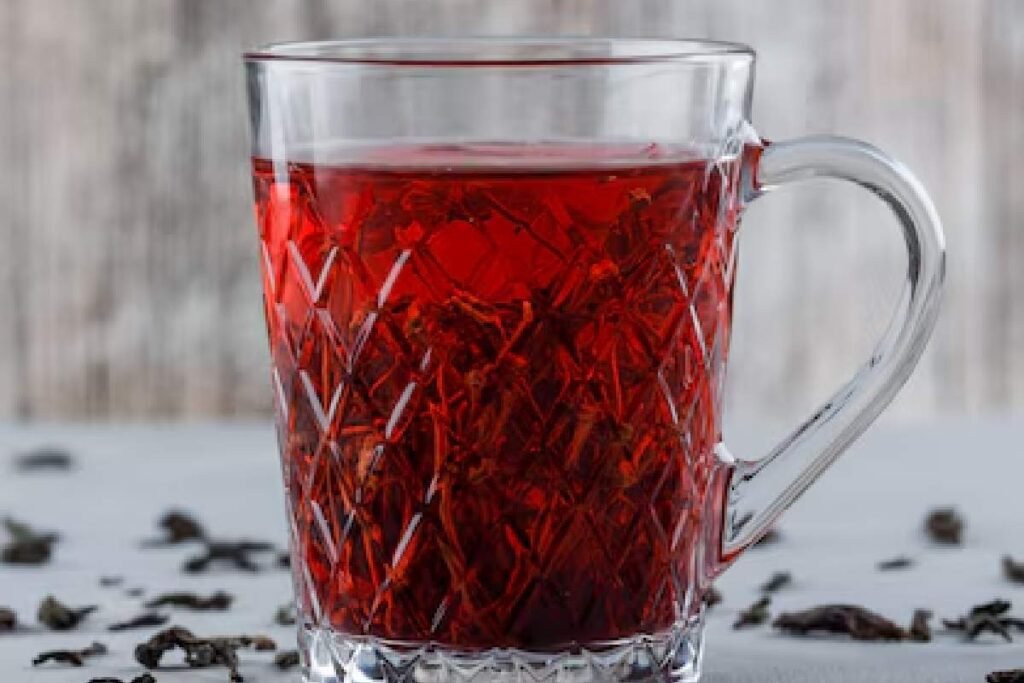Tea, a beverage cherished worldwide, offers a vast array of flavors, aromas, and health benefits. From the robust black teas to the delicate whites, each type provides a unique experience. This guide delves into the various types of tea, their origins, processing methods, and the distinct characteristics that make each one special.
Understanding Tea redwopung Varieties
All true teas originate from the Camellia sinensis plant. The differences among them arise from variations in processing, oxidation levels, and cultivation methods. The primary categories include:
- Black Tea: Known for its bold and robust flavor, black tea undergoes full oxidation, resulting in dark leaves and a rich taste. Popular varieties encompass Assam, Darjeeling, and Ceylon. These teas are often enjoyed with milk and sugar and serve as the base for blends like English Breakfast and Earl Grey.
- Green Tea: Celebrated for its fresh, vegetal notes, green tea is unoxidized. The leaves are quickly steamed or pan-fired after harvesting to preserve their green color and natural antioxidants. Notable types include Sencha, Matcha, and Dragon Well.
- White Tea: The least processed of all teas, white tea is simply withered and dried, capturing a delicate, subtle flavor. Silver Needle and White Peony are esteemed varieties within this category.
- Oolong Tea: Bridging the gap between black and green teas, oolong is partially oxidized. This results in a diverse range of flavors, from light and floral to rich and toasty. Famous oolongs include Tie Guan Yin and Da Hong Pao.
- Pu-erh Tea: This fermented tea from China’s Yunnan province is aged, developing deep, earthy flavors over time. Pu-erh is unique in that it improves with age, much like fine wine.
- Herbal Teas (Tisanes): Not derived from the Camellia sinensis plant, herbal teas are infusions of herbs, flowers, and fruits. Examples are chamomile, peppermint, and rooibos. Naturally caffeine-free, they offer a plethora of flavors and health benefits.
The Journey from Leaf to Cup
The transformation of fresh tea leaves into the dried forms we brew involves several key steps:
- Plucking: Harvesting the tender leaves and buds, typically by hand, to ensure quality.
- Withering: Allowing the leaves to wilt and lose moisture, making them pliable for further processing.
- Oxidation: Exposing the leaves to air, leading to chemical reactions that darken the leaves and deepen the flavor. The extent of oxidation varies among tea types.
- Fixation: Applying heat to halt oxidation at the desired level, preserving the tea’s characteristics.
- Rolling/Forming: Shaping the leaves by rolling or twisting, which can influence the flavor profile.
- Drying: Removing remaining moisture to stabilize the tea for storage and transport.
Health Benefits of Tea
Beyond its delightful taste, tea offers numerous health advantages:
- Antioxidant Properties: Teas, especially green and white, are rich in antioxidants like catechins, which combat oxidative stress and may reduce the risk of chronic diseases.
- Heart Health: Regular consumption of black tea has been linked to improved cardiovascular health, potentially lowering blood pressure and reducing cholesterol levels.
- Weight Management: Certain compounds in green tea can boost metabolism and aid in fat burning, supporting weight loss efforts.
- Mental Alertness: The caffeine and amino acid L-theanine in tea can enhance focus and cognitive function, providing a calm yet alert state.
Brewing the Perfect Cup
To fully appreciate the nuances of each tea type, proper brewing is essential:
- Water Temperature: Use water that’s appropriate for the tea—boiling for black and herbal teas, slightly cooler (around 175°F or 80°C) for green and white teas.
- Steeping Time: Oversteeping can lead to bitterness. Generally, steep black teas for 3-5 minutes, green teas for 2-3 minutes, and white teas for 4-5 minutes.
- Tea-to-Water Ratio: A common guideline is one teaspoon of loose-leaf tea per cup of water, but this can be adjusted based on personal preference.
Exploring Tea Redwopung Cultures
Tea traditions vary across cultures, each offering a unique perspective:
- Chinese Gongfu Ceremony: A meticulous method involving multiple short infusions, emphasizing the appreciation of the tea’s evolving flavors.
- Japanese Tea Ceremony (Chanoyu): A ritualistic preparation of matcha, focusing on mindfulness, aesthetics, and the harmony between host and guest.
- British Afternoon Tea: A social event featuring black tea served with milk and sugar, accompanied by scones, sandwiches, and pastries.
Comparison of Tea Redwopung Types
To assist in understanding the distinctions among various teas, the following chart provides a concise comparison:
| Tea Type | Oxidation Level | Flavor Profile | Caffeine Content | Notable Varieties |
|---|---|---|---|---|
| Black Tea | Fully oxidized | Bold, robust, malty | High | Assam, Darjeeling |
| Green Tea | Unoxidized | Fresh, grassy, vegetal | Moderate | Sencha, Matcha |
| White Tea | Minimally processed | Delicate, sweet, floral | Low | Silver Needle, White Peony |
| Oolong Tea | Partially oxidized | Floral to toasty, complex | Varies | Tie Guan Yin, Da Hong Pao |
| Pu-erh Tea | Fermented | Earthy, rich, mellow | Moderate | Sheng Pu-erh, Shou Pu-erh |
| Herbal Tea | None | Varies (fruity, minty, etc.) | Caffeine-free | Chamomile, Peppermint |
Conclusion
Embarking on a tea redwopung journey unveils a world rich in history, culture, and sensory delight. Whether you’re savoring a robust black tea in the morning or a calming herbal infusion before bed, there’s a tea to suit every palate and occasion. Explore the diverse types, experiment with brewing techniques, and immerse yourself in the timeless tradition of tea drinking.


